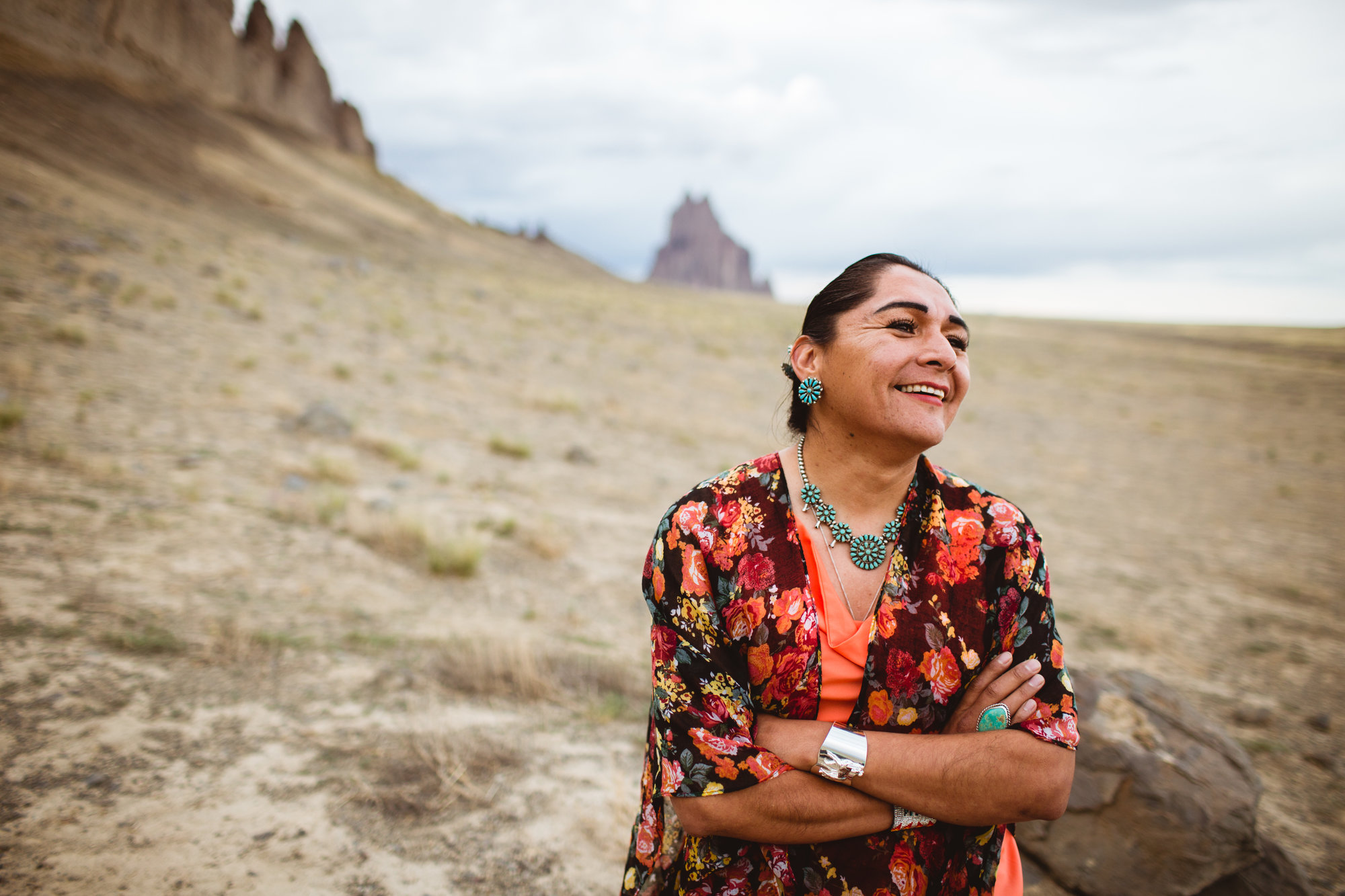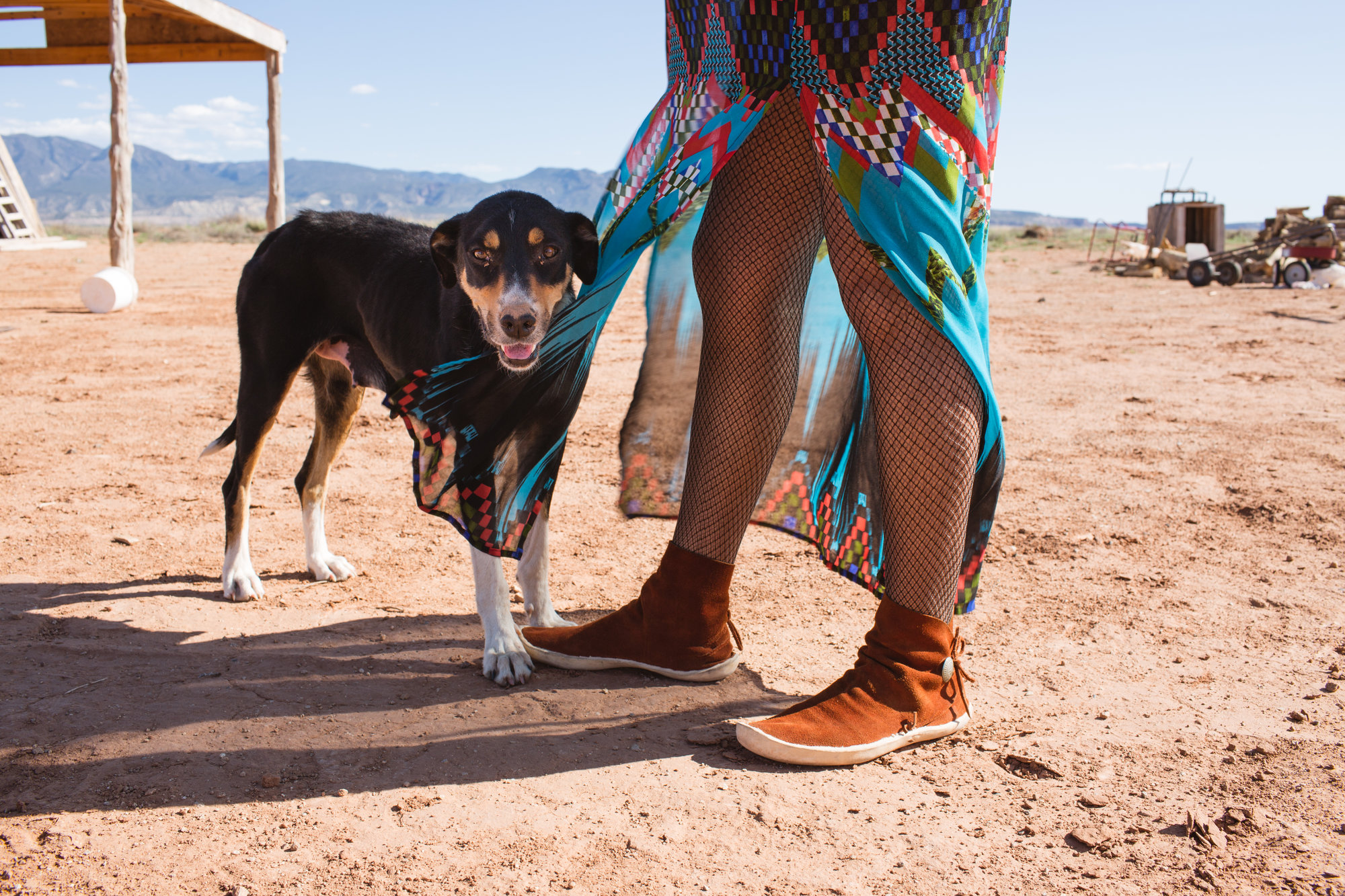When many Navajo LGBTQ people reflect on their daily existence on the largest Native American reservation in the US, “isolation” is the word that comes up most frequently.
“The reservation is my home, but there’s nothing here for the LGBT community,” says Lola De La Hoya, who came out as trans after graduating high school.
Videos by VICE
The Navajo Nation covers over 27,000 square miles of arid and mountainous land, taking in the vast deserts of three southwestern states. At the last US census, some 174,000 people lived scattered across its remote towns and communities.
For Navajo trans people like De La Hoya, this geography only serves to compound their alienation from families and peers. “My parents took down all of their pictures of me when I came out, and they try to not be seen with me in public,” she says.
Navajo culture traditionally recognizes a wide variety of sexual orientations and gender identities, including a third gender known as nádleeh, though the belief has faded over time after Christianity and colonization imposed a more binary understanding of gender.
LGBTQ Navajo people, however, are increasingly looking towards their heritage to argue for their rights, building alliances within their communities and with other Native American groups across the US. Some are also drawing support from an unlikely source: their grandparents.
Read more: ‘Miracles Are Happening’: Photos of the Tireless Women of Standing Rock
“A lot of elders still follow the traditional system, but most people don’t even know about it now,” says Michelle Sherman, a lesbian who lives with her grandmother. “When I came out to my family, they kicked me out, but my grandma told them that this was a normal part of Navajo culture.”
Travis “Buffalo Barbie” Goldtooth, who identifies with both genders and uses female pronouns, says that her grandmother was firmly on her side when she came out. “You be who you wanna be,” her elder instructed vehemently. “Don’t let anyone else tell you how to be!”
Although the Navajo Nation has a long way to go in advancing LGBTQ rights, Navajos like Lady Shug—a transgender drag queen and advocate who won Miss New Mexico Pride in 2016—believes her community has the power to instigate change.
“We are a rare community,” she emphasizes. “We need to let our tribal officials know that we’re here and we need their respect.”














